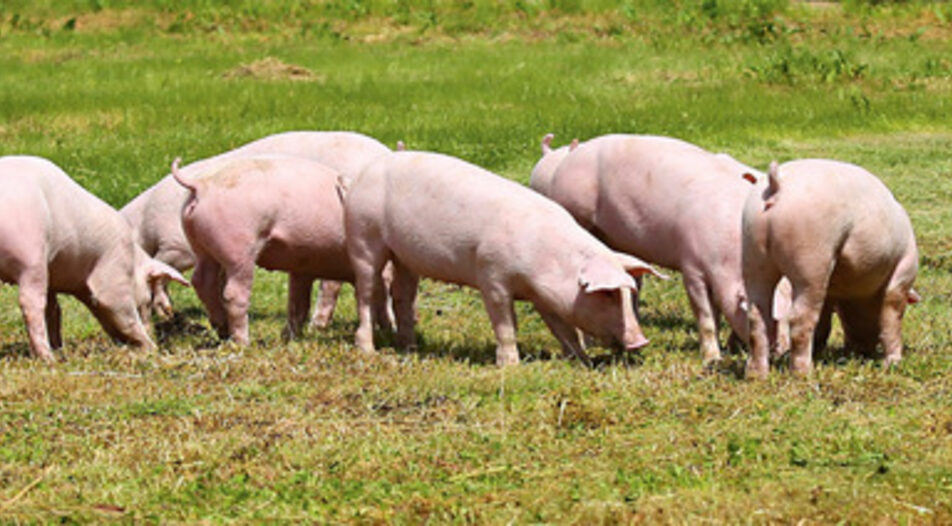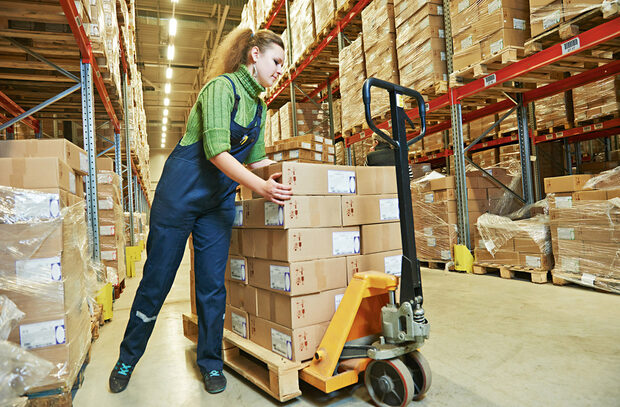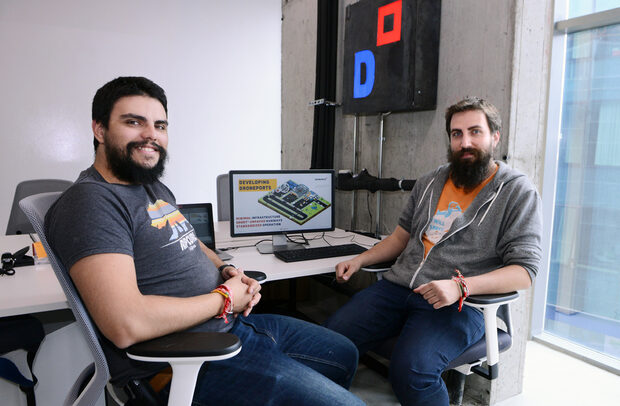Various businesses, including livestock farming, faced significant challenges in 2022. The top 25 companies in the sector generated a combined revenue of 1.3 billion levs (665 million euro), which is a 45% increase on the previous year. However, the sector continues to grapple with uncertainties.
The conflict in Ukraine, which began in February 2022, led to a dramatic rise in feed prices, surges in energy costs, and increased labor expenses. While livestock product prices have risen, their increase can't fully offset the additional production costs, according to industry experts. High production costs have persisted in 2023, denting profitability, diminishing interest and shrinking livestock farming.
Dimitar Mihaylov, CEO of the Bulgarian Pig Breeders Association, noted a 8-10% decrease in EU pig production, with a 26% drop in slaughtered animals in Bulgaria last year. He attributes this decline to the war in Ukraine, inflation, and the Green Deal.
Analyses suggest that Europe is losing its position in pork production, limiting its exports to Asia and other regions. In 2023, the European pork market faced shortages, leading to higher prices. Bulgaria's production covers 40% of local market demand, with the rest being imports.
Inflation in feed prices, a significant cost component, also affected poultry farming in both Europe and Bulgaria. Poultry meat prices rose in early 2022. However, the industry faced unfair competition from countries that halted exports to Russia, resulting in dumping practices that particularly impacted countries with high percentage of frozen meat consumption, such as Bulgaria.
The leader
Bulgaria's livestock industry has three key players who have demonstrated both remarkable growth and resilience in the face of challenges.
First in the ranking is Pilko, which is part of Ameta Holding. It tops the list with impressive 2022 revenues of 254 million levs. The company's integrated operations encompass poultry farming, processing facilities, and feed production in central and northeastern Bulgaria. Pilko's revenue grew by 31% year-on-year while profit surged by an astounding 543%.
In second place, Boni Ferma Brestak generated 111 million levs in revenues. As part of the Boni Holding group, it handles the entire pork production cycle, beating challenges such as African swine fever. The focus is now on restoring normal economic activities in 2023.
Ajax - 1, specializing in pig farming, holds the third spot. With 2022 revenues of 102 million levs and a remarkable 38% growth, they've significantly improved profitability. Ajax-1 aims to expand sales, increase market share, and become a national market leader in 2023.
These industry leaders navigate market dynamics, including price fluctuations and disease prevention, to maintain their competitive edge in Bulgaria's livestock sector.
Cows and ducks
The ranking continues with Elit 2095 led by Nikola Angelov, which specializes in trading goose liver and duck products. Their revenue grew by an impressive 119% last year, reaching 93.5 million levs.
Nikola Angelov and his brother Yanko initially ventured into dairy farming, becoming major dairy product makers. They operate two dairy processing facilities and a farm with 5,000 animals, selling dairy products under the Elit brand.
About seven years ago, Nikola Angelov realized the need to diversify and created Elit 2095" to enter foreign markets. In 2016, the company expanded into raising Muscovy ducks and distributing duck products. In 2018, a new, larger complex was established. "For the seven years since the establishment of the duck enterprise, we have not been at a loss. 2022 is shaping up to be the most successful year - in terms of sales revenue and profit," Nikola Angelov told Capital Weekly.
For several years, the duck business faced challenges due to the COVID-19 pandemic causing market closures. However, Elit 2095 continued operations and sold its accumulated inventory in 2022.
Pig farms thrive
In the past year, significant growth was achieved at pig breeding companies. Boni Farm Nikola Kozlevo saw a remarkable 236% increase in revenue to 81.6 million levs. Another company within the same holding, Boni Farm Zimen, also grew its revenue, by 36%.
In 12th position, Svinekomplex Brushlen faced challenges due to a swine fever outbreak, which led to the culling of 40,000 pigs. The company took legal action for compensation for culled animals and noted the indirect effects of the Ukraine war.
Several companies from the Gradus group of the Angelov brothers Ivan and Luka also feature in the ranking. They focus on poultry farming, feed production, and trade, and have expanded their operations to adhere to Western European business practices.
Dzhani Ovo ranks 6th among major poultry farms. It began its operations in the village of Panaretovtsi near Sliven in 2006, focusing on producing fresh eggs. The farm has facilities for raising laying hens, and its eggs are marketed under the Dzhani brand. Last year, the company's revenues increased by nearly 152%, reaching 65.5 million levs.
At 8th position is Kamchiya, also part of Ameta Holding, with revenues of 65 million levs. Based in the village of Panayot Volovo, this poultry complex primarily engages in the production, purchase, and processing of poultry, poultry meat, eggs, and egg products.
Ranking 13th with a 59% revenue growth is Yaytsa i Ptitsi - Zora. The poultry farm has an annual production capacity of around 140 million eggs, with its main activity being the production and wholesale distribution of commercial eggs. In 2022, the business generated revenues of 41.7 million levs, marking an increase of 15.5 million levs. The rise in expenses, primarily for raw materials and materials, accounted for 7.6 million levs of the increase.
Various businesses, including livestock farming, faced significant challenges in 2022. The top 25 companies in the sector generated a combined revenue of 1.3 billion levs (665 million euro), which is a 45% increase on the previous year. However, the sector continues to grapple with uncertainties.
The conflict in Ukraine, which began in February 2022, led to a dramatic rise in feed prices, surges in energy costs, and increased labor expenses. While livestock product prices have risen, their increase can't fully offset the additional production costs, according to industry experts. High production costs have persisted in 2023, denting profitability, diminishing interest and shrinking livestock farming.












